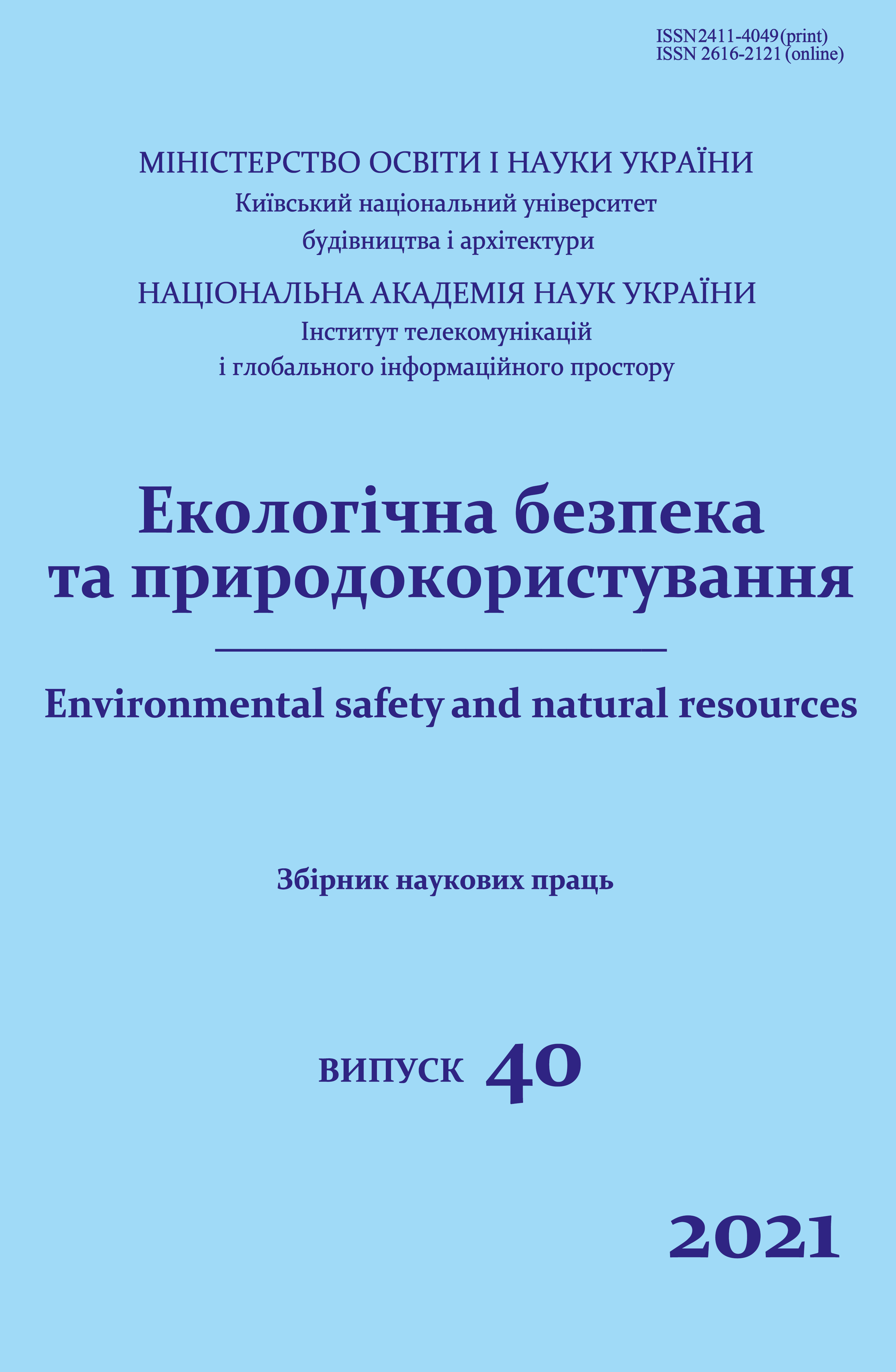Ways of disposal of objective fuel sediments for fuel
DOI:
https://doi.org/10.32347/2411-4049.2021.4.21-31Keywords:
obsolete sludge, peat, biomass, drying, pelletsAbstract
Accumulated sludge from sewage treatment plants in large cities is obsolete, due to which they have lost the vast majority of nutrients, become too mineralized and practically unsuitable for direct use as fertilizer.
The research is devoted to the development of a unified approach to the efficient processing of sludge as a fuel with the addition of flammable fillers such as milling peat, buckwheat husk, wood waste (sawdust).
Identified factors influencing the energy efficiency of the processes of preparation of raw materials, drying and granulation of composite mixtures based on peat, obsolete sludge and biomass, which allowed to obtain quality pellets and briquettes.
The problem of processing obsolete sludge is the low content of organic matter, excessive ash content and high humidity, so they are not suitable for incineration in its pure form and for agriculture. To reduce ash content, it is advisable to add biomass and peat to sludge and dry to reduce moisture.
The article presents studies of drying kinetics of composite granules based on peat, obsolete sludge and biomass on an experimental convective drying stand. The convective drying stand allows to carry out heat treatment of composite granules at a temperature of drying agent of 30–150°C and speed of movement of 0,5–5 m/s. A comparison of the drying time of the sludge-peat composition and its components is performed, which shows that during the drying of the composite granules the intensification of the drying process is observed.
The presented comparison of drying kinetics of two- and three-component granules shows the same nature of the drying curves and the drying time is in the range of 17–18 minutes. The optimal ratio of components for quality granulation is selected. Effective drying regimes of composite granules based on sludge, peat and biomass are determined. Equilibrium humidity of composite granules not exceeding standard fuel humidity is determined.
References
Sniezhkin, Yu., Petrova, Zh., Paziuk, V., & Novikova, Yu. (2021). State of wastewater treatment technologies in Ukraine and the world. Thermophysics and Thermal Power Engineering, 43(1), 5-12. https://doi.org/https://doi.org/10.31472/ttpe.1.2021.1 (in Ukrainian).
General indicators of water resources use in Ukraine. Open data portal. Retrieved from: https://data.gov.ua/dataset/2054e342-fd89-4419-b130-685a9d042990 (in Ukrainian).
Ministerstvo z pytan' komunal'nogo gospodarstva Ukrai'ny. (2013). Nacional'na dopovid' pro jakist' pytnoi' vody ta stan pytnogo vodopostachannja v Ukrai'ni u 2012 roci. Kyiv (in Ukrainian).
Hence, M., Armojes, P., Lja-Kur-Jansen J., & Arvan, Je. (2006). Ochistka stochnyh vod. Moskow: Mir (in Russian).
Forster, K.F., & Vejz, D.A.Dzh. (Ed.). (1990). Jekologicheskaja biotehnologija. Leningrad: Himija (in Russian).
Lihachev, N.I. (1981). Kanalizacija naselennyh mest i promyshlennyh predprijatij. Spravochnik proektirovshhika. Moskow: Strojizdat (in Russian).
Du, H., & Li, F. (2017). Characteristics of dissolved organic matter formed in aerobic and anaerobic digestion of excess activated sludge. Chemosphere, 168, 1022–1031.
Pahnenko, E.P. Osadki stochnyh vod i drugie netradicionnye organicheskie udobrenija Retrieved from: URL:http://files.pilotlz.ru/pdf/cC2968-7-ch.pdf (in Russian).
Petrova, Zh., & Novikova, Yu. (2021). Preparation of raw materials, creation of compositions and granulation from obsolete sludge, peat and biomass. Ceramics: Science and Life, 1(50), 14-18. https://doi.org/10.26909/csl.1.2021.2
Petrova, Zh., Sniezhkin, Yu., Paziuk, V., Novikova, Yu., & Petrov, A. (2021). Investigation of the Kinetics of the Drying Process of Composite Pellets on a Convective Drying Stand. Journal of Ecological Engineering, 22(6), 159-166. https://doi.org/10.12911/22998993/137676
Downloads
Published
How to Cite
Issue
Section
License
Copyright (c) 2021 Yurii Sniezhkin, Zhanna Petrova, Yuliia Novikova, Anton Petrov

This work is licensed under a Creative Commons Attribution 4.0 International License.
The journal «Environmental safety and natural resources» works under Creative Commons Attribution 4.0 International (CC BY 4.0).
The licensing policy is compatible with the overwhelming majority of open access and archiving policies.

